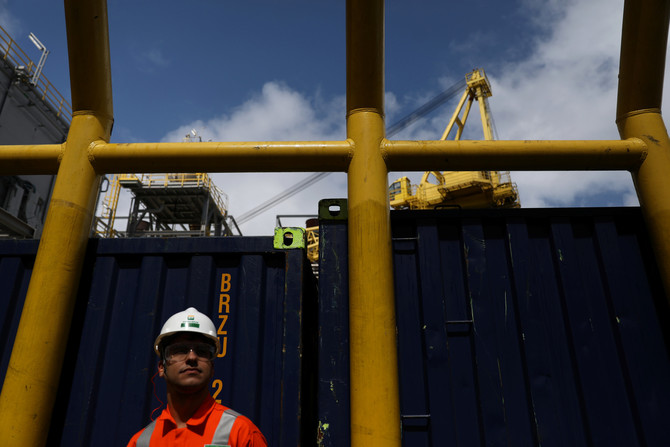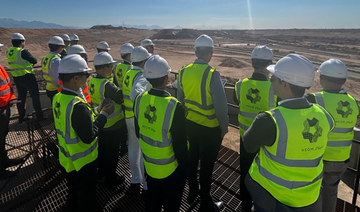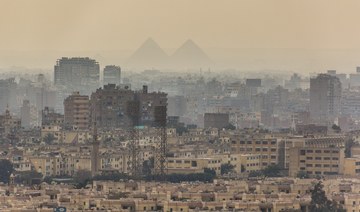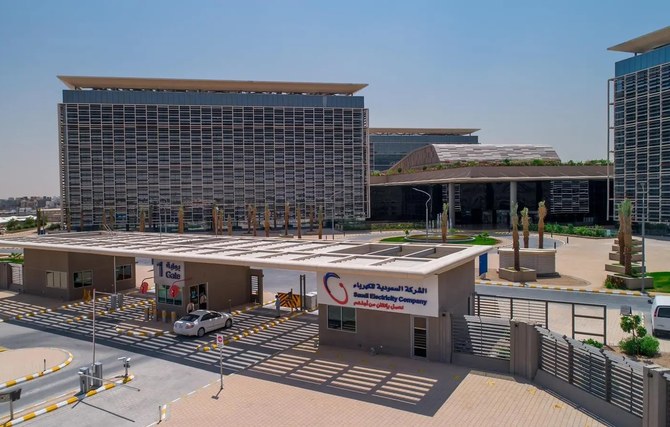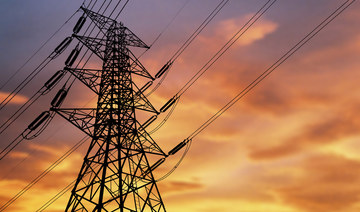The upward momentum of oil prices has returned. In the week ending Sept. 14, the Brent crude price rose to $78.09 per barrel and WTI hit $68.99. The Brent/WTI spread continues to widen significantly. From $5.50 at the end of July and $7.60 at the end of August, it closed at $9 per barrel on Friday. This is mainly attributed to the very low inventories at Cushing, Oklahoma, which are 33.2 million barrels lower than last year’s levels. This has resulted in heavy discounting of the price of WTI at Midland compared to WTI at the US Gulf Coast. The wider Brent/WTI spread is also attributed to concerns about the upcoming sanctions on Iran that will take effect on Nov. 4.
Iranian oil exports have tumbled to nearly 1.7 million barrels per day, the lowest output in more than two years. There is resulting unease that refiners’ demand is exceeding supply. Tightness in the oil market became evident after the price structure for Brent shifted into backwardation after flirting with contango for most of the previous four months, signaling a tightening of the spot market. Backwardation is when the current price of oil is higher than a distant futures contract. It is seen as a sign of higher immediate demand and a lower oil supply.
This week, backwardation strengthened further, with prompt-month prices higher than forward prices. This does not incentivize the stockpiling of crude. Backwardation market structure is a bullish factor that increases prompt trading activities and draws down inventories. That is a real concern when global oil inventories have already declined.
One country is trying to take advantage of the tight oil market. Iran believes that US sanctions will be unable to reduce Iranian oil exports to zero. Its position is that the global oil market is already tight and rival producers cannot make up the shortfall. However, Iran has neglected to consider Saudi Arabia’s spare capacity of 2 million barrels per day. It has also conveniently forgotten that Saudi Arabia substituted most of Iran’s shortfall in oil output during the 2012-2015 sanctions. Iran is behind much of the rumor-mongering in regard to the imminent rise in oil prices. In truth, the market is tight but oil prices are stable in the range of $72 to $78 per barrel. This is a result of Saudi Arabia’s influence in working with OPEC+ for the good of the global economy.
Outages in some OPEC countries are adding to the upward pressure on prices. Though the US Energy Information Administration (EIA) reported that Libyan crude production jumped in August by 290,000 barrels per day, to 950,000 barrels per day, Libya’s oil production has been volatile and unstable. Major outages at several Libyan ports in June created anxiety that helped push up prices. Output fell from around 1 million barrels per day earlier this year to as low as 660,000 in July.
The EIA also reported that Venezuelan production sank to just 1.26 million barrels per day, continuing its freefall as a result of the country’s economic collapse. Such low exports are tragic for a country with some 300 billion barrels of proven reserves. Unfortunately, due to years of underinvestment, there is currently no hope of Venezuela raising production.
In Iraq, the situation is difficult as well. The protests in Basra, where most Iraqi production and export facilities are located, have created tension in such a tight market. As yet, the violence has not affected oil production, which reached 4.55 million barrels per day in July, and exports recently hit a record of 3.59 million barrels per day. It takes nerves of steel to safely navigate such market conditions.
• Faisal Mrza is an energy and oil marketing adviser. He was formerly with OPEC and Saudi Aramco. Twitter:@faisalmrza.


